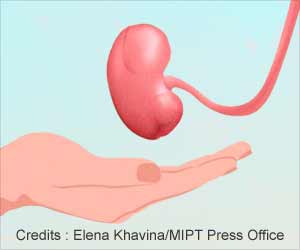Study suggests high-intensity exercise can help stable heart transplant patients reach higher levels of exercise capacity.

The team compared the effects of 12 weeks of high-intensity interval training versus continued moderate training in 16 stable heart transplant recipients who had been living with their new heart for more than one year.
The trial revealed that high-intensity interval training is safe in heart transplant patients, and the effect on exercise capacity and blood pressure control is superior to moderate intensity training. VO2 max, or maximal oxygen uptake, increased by 17 percent in patients performing high-intensity interval training compared with 10 percent in patients performing continued moderate training. Systolic blood pressure decreased significantly in patients in the high-intensity group, while it remained unchanged in patients in the moderate intensity group. Peak heart rate also increased in the high-intensity group but not in the moderate intensity group. Heart rate recovery improved in both groups.
"Today, people who have been given a new heart experience increased physical function, quality of life, and overall life span; however, most patients continue to have limitations in their physical function and reduced quality of life compared to the general population due to side-effects from anti-rejection medications and because heart rate regulation is impaired after heart transplantation," said Dall. "The impaired heart rate response has been considered a hindrance for more demanding high-intensity training, but this new study documents that stable heart transplant recipients benefit from this type of training more than from the moderate training that has been recommended so far. Importantly, the training is also safe and well received by patients."
The findings may be especially encouraging for athletes who compete in the Transplant Games of America, whose most recent event was held earlier this month in Houston, and those training for upcoming summer and winter World Transplant Games.
In an accompanying report, investigators provide a summary of a two-day meeting held in April 2013 in Toronto, Canada, in which a group of clinicians, researchers, administrators, and patient representatives discussed key issues related to exercise in organ transplant recipients. The attendees developed a list of top research priorities and a research agenda for exercise in solid organ transplant, which includes the need to conduct large multicenter intervention studies, standardize measures of physical function in clinical trials, examine the benefits of novel types of exercise, and assess the effects of exercise on measures such as immunity, infection, and cognition.
Advertisement














